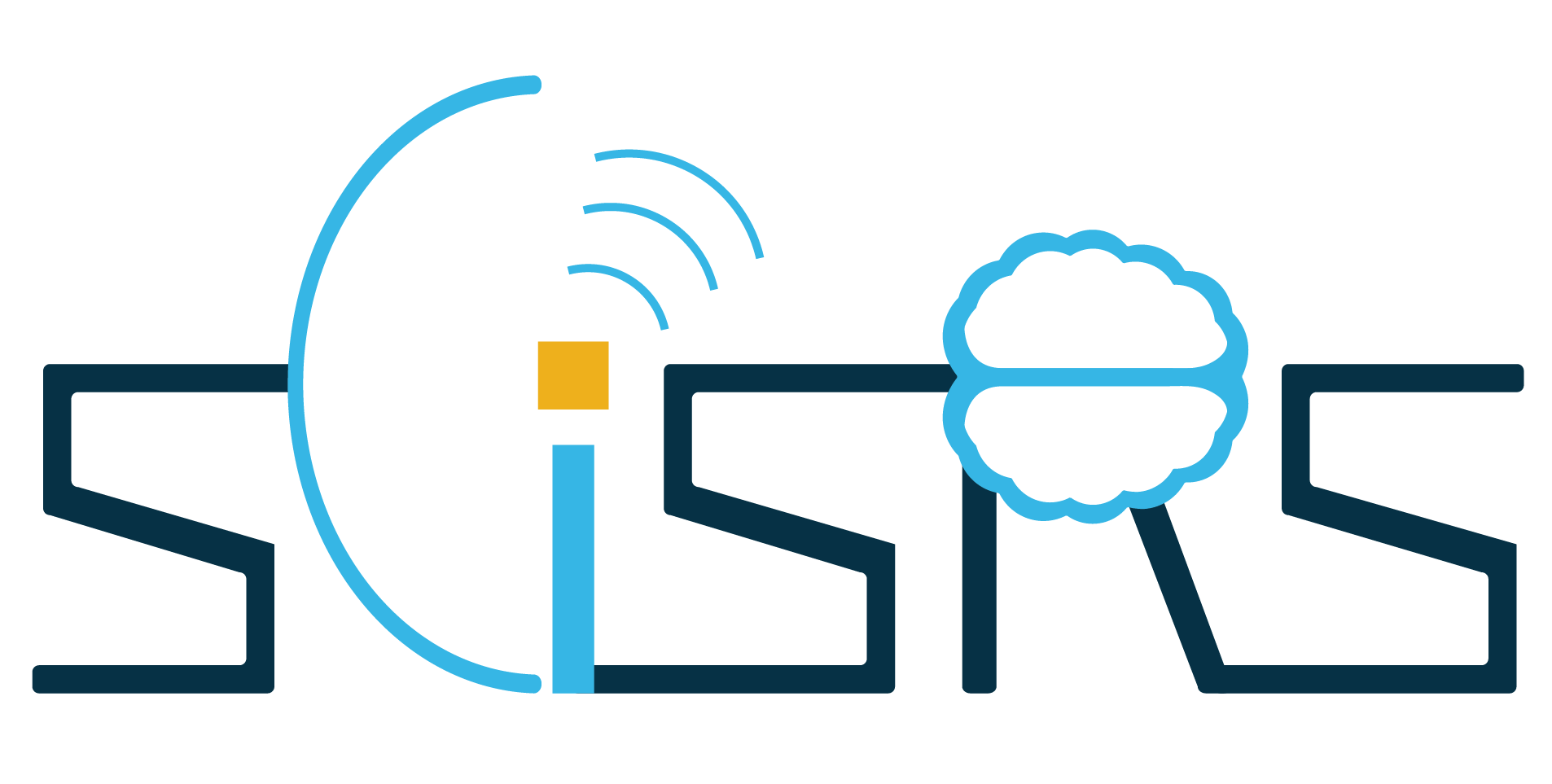Intelligence Value
The SCISRS program seeks to develop smart radio techniques to automatically detect and characterize RF anomalies that may indicate a compromise of secure data in complex RF environments. The specific types of anomalies include low probability of intercept (LPI) signals, altered or mimicked signals, and abnormal unintended emissions.
Summary
National security missions need to generate, store, use, transmit, and receive information and data both in secure facilities and “in the wild.” Data security is vital regardless of where the data are being used.
Significant U.S. Government and private sector infrastructure investments have provided a high level of confidence in data security at facilities under the control of the data owner. However, data security is more challenging in environments where there is potentially much less control, such as those illustrated to the right.
One possible indicator of attempted data breach is unexpected RF transmissions The goal of the SCISRS program is to develop smart radio techniques to automatically detect and characterize these suspicious signals and other RF anomalies in complex RF environments.The techniques must be scalable, computationally efficient, and adaptable to a range of radio hardware. IARPA’s partners have established RF testbeds to evaluate algorithms at the end of each program phase. These testbeds will be replete with ordinary overt signals to form two kinds of complex RF backgrounds the Intelligence Commuity may operate in. Into these backgrounds, the test partners will inject various RF anomalies. In phase I, the theme will be LPI signals which are designed to be hard to detect and characterize. In phase II, the theme will be otherwise ordinary signals that have been altered in some way to carry additional information or signals that have been designed to mimic ordinary overt signals. In phase III, the theme will be anomalous emanations which are typically emitted by electronic devices (e.g., monitors, keyboards) unintentionally, thereby transmitting potentially secure information by mistake.

